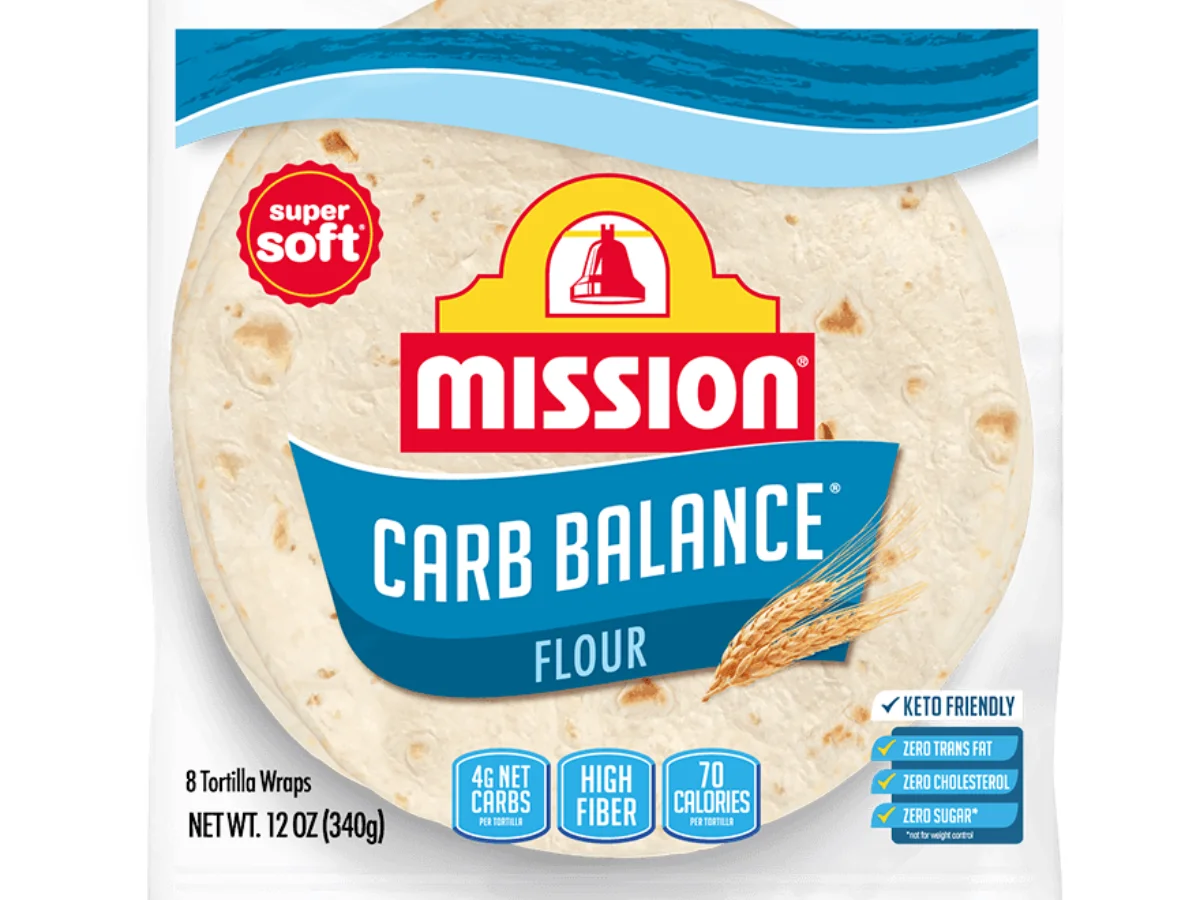Mission Carb Balance Tortillas have become a popular choice for health-conscious individuals looking to enjoy their favorite wraps and tacos without the guilt of excess carbohydrates. But have you ever wondered how these low-carb tortillas are made? In this article, we will take you behind the scenes to explore the fascinating process of crafting Mission Carb Balance Tortillas.
The Art of Low-Carb Tortilla Production
The Ingredients
The journey of creating Mission Carb Balance Tortillas begins with the selection of high-quality ingredients. These tortillas are known for their reduced carbohydrate content, which is achieved through a combination of wheat and vital wheat gluten to maintain flexibility while minimizing carbs.
Mixing and Kneading
Once the ingredients are measured precisely, they are mixed together to form a dough. The dough undergoes a thorough kneading process to ensure an even distribution of ingredients and to develop the tortilla’s desired texture.
Resting the Dough
After kneading, the dough is allowed to rest. This step is crucial as it relaxes the gluten and makes the dough easier to work with during the rolling and shaping process.
Rolling and Shaping
The rested dough is then divided into smaller portions, which are rolled out into thin, circular shapes. These circles will eventually become the tortillas that consumers know and love.
Baking
The rolled-out tortilla shapes are placed on a hot griddle or conveyor belt oven, where they are baked until they achieve the ideal texture and taste. The heat also helps to create the characteristic puffiness associated with tortillas.
Cooling and Packaging
Once baked to perfection, the tortillas are allowed to cool briefly before being packaged. They are sealed in airtight bags to maintain freshness.
Quality Assurance
Testing
The mission takes quality seriously. Random samples of tortillas are regularly tested for consistency in taste, texture, and carbohydrate content. This ensures that each tortilla meets the company’s high standards.
Packaging and Distribution
The packaged tortillas are then prepared for distribution. They are shipped to various retailers, making their way to store shelves for consumers to purchase.
Frequently Asked Questions (FAQs)
FAQ 1: Are Mission Carb Balance Tortillas gluten-free?
No, Mission Carb Balance Tortillas are not gluten-free. They contain wheat and vital wheat gluten.
FAQ 2: Can I use these tortillas for keto diets?
Mission Carb Balance Tortillas are a popular choice for those following a keto diet due to their low carbohydrate content.
FAQ 3: Do these tortillas taste like traditional flour tortillas?
While there may be a slight difference in taste and texture compared to traditional flour tortillas, many consumers find Mission Carb Balance Tortillas to be a delicious and satisfying alternative.
FAQ 4: Can I freeze these tortillas for later use?
Yes, you can freeze Mission Carb Balance Tortillas to extend their shelf life. Just be sure to seal them in an airtight container or bag.
FAQ 5: Where can I purchase Mission Carb Balance Tortillas?
These tortillas are widely available at most major grocery stores and online retailers, making them easily accessible.
Conclusion
Mission Carb Balance Tortillas are a testament to the art of creating delicious, low-carb alternatives for those who want to enjoy their favorite foods while maintaining a balanced diet. Understanding the meticulous process involved in their production allows us to appreciate these tortillas even more.
Read more: https://lookupin.co.uk/
More Related:
Vault of the Incarnates Guide: Unveiling the Secrets of This Enigmatic World
Africa’s Most Common Carnivores: Exploring the Wildlife Wonders
Unraveling the Mystery: Riddles About a Car
Car Camping Window Covers: Your Ultimate Guide
Decoding “TA” on Your Car Radio: Traffic Announcement Function Explained
Dark Souls Card Game Review: A Journey into the Abyss
What Type of Gift Cards Does Valorant Accept: A Comprehensive Guide
